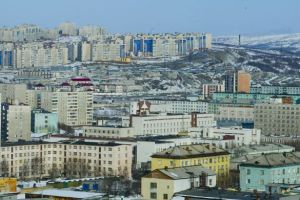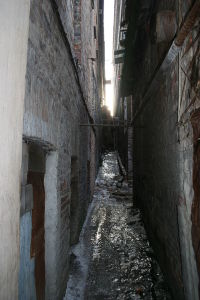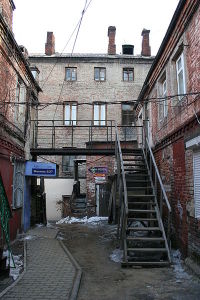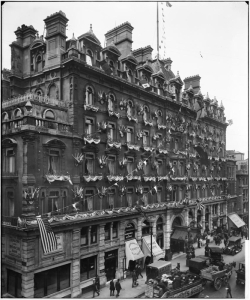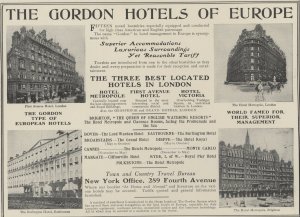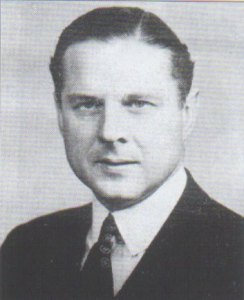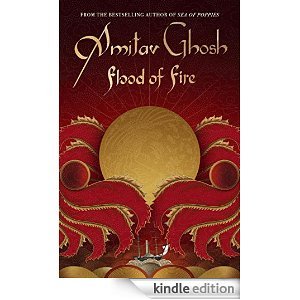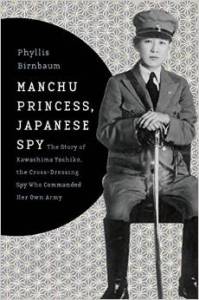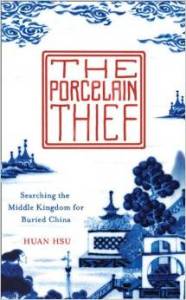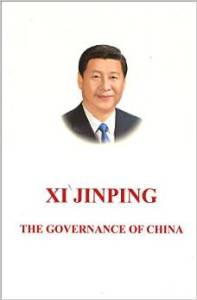RASÂ LECTUREÂ Â
Thursday 8 January 2015
 7:00 PM for 7:15 PM start
The Tavern, Radisson Blu Plaza Xingguo Hotel
78 XingGuo Road, Shanghai
兴国宾馆上海市兴国路78å·
Jie Li on
Shanghai Homes: Palimpsests of Private Lives

Jie Li, assistant professor of East Asian Languages and Civilizations at Harvard University, will speak about her book Shanghai Homes: Palimpsest of Private Lives.
ABOUT THE SPEAKER
 Jie Li is assistant professor of East Asian Languages and Civilizations at Harvard University. As a scholar of literary, film, and cultural studies, Jie Li’s research interests center on the mediation of memories in modern China. Her first book, Shanghai Homes: Palimpsests of Private Life (Columbia, 2014), excavates a century of memories embedded in two alleyway neighborhoods destined for demolition.
 Ms. Li’s current book project, Utopian Ruins: A Memory Museum of the Mao Era, explores contemporary cultural memories of the 1950s to the 1970s through textual, audiovisual, and material artifacts, including police files, photographs, documentary films, and museums. Li has co-edited a volume entitled Red Legacies: Cultural Afterlives of the Communist Revolution (Harvard Asia Center, forthcoming). Two ongoing research projects deal with the transnational cinematic history of Manchuria and mobile movie projection units from the 1930s to the 1990s.
Li’s recent publications in journals and edited volumes include: “Discolored Vestiges of History: Black-and-White in the Age of Color Cinema” (Journal of Chinese Cinemas, 2012), “A National Cinema for a Puppet State: The Manchurian Motion Picture Association (Oxford Handbook of Chinese Cinemas, 2013), “Phantasmagoric Manchukuo: Documentaries Produced by the South Manchurian Railway Company, 1932-1940” (positions: east asia cultures critique, 2014), and “From Landlord Manor to Red Memorabilia: Reincarnations of a Chinese Museum Town” (Modern China, forthcoming). Li earned an A.B. in East Asian Studies at Harvard, and studied English literature at the University of Cambridge and German literature at the University of Heidelberg before returning to Harvard for a Ph.D., earned in 2010 in modern Chinese literature and film studies. In 2012-2013 she was a postdoctoral fellow at Princeton’s Society of Fellows in the Liberal Arts. Li teaches courses on East Asian Cinema and on Chinese media cultures.
ABOUT THE BOOK
(from Columbia Press)
In the dazzling global metropolis of Shanghai, what has it meant to call this city home? In this account – part microhistory, part memoir – Jie Li salvages intimate recollections by successive generations of inhabitants of two vibrant, culturally mixed Shanghai alleyways from the Republican, Maoist, and post-Mao eras. Exploring three dimensions of private life – territories, artifacts, and gossip – Li re-creates the sounds, smells, look, and feel of home over a tumultuous century.
 First built by British and Japanese companies in 1915 and 1927, the two homes at the center of this narrative were located in an industrial part of the former “International Settlement.” Before their recent demolition, they were nestled in Shanghai’s labyrinthine alleyways, which housed more than half of the city’s population from the Sino-Japanese War to the Cultural Revolution.
Through interviews with her own family members as well as their neighbors, classmates, and co-workers, Li weaves a complex social tapestry reflecting the lived experiences of ordinary people struggling to absorb and adapt to major historical change. These voices include workers, intellectuals, Communists, Nationalists, foreigners, compradors, wives, concubines, and children who all fought for a foothold and haven in this city, witnessing spectacles so full of farce and pathos they could only be whispered as secret histories.
Copies of the book will be available at the lecture.
Talk Cost: RMB 70.00 (RAS members) and RMB 100.00 (non-members). Includes glass of wine or soft drink. Those unable to make the donation but wishing to attend may contact us for exemption.
Membership applications and membership renewals will be available at this event. Those unable to make the donation but wishing to attend may contact us for exemption.
 RAS Monographs: Series 1 & 2 will be available for sale at this event. RMB 100 each (cash sale only).
To RSVP:Â Please “Reply” to this email or write to
 RAS Bookings at: bookings@royalasiaticsociety.org.cn
